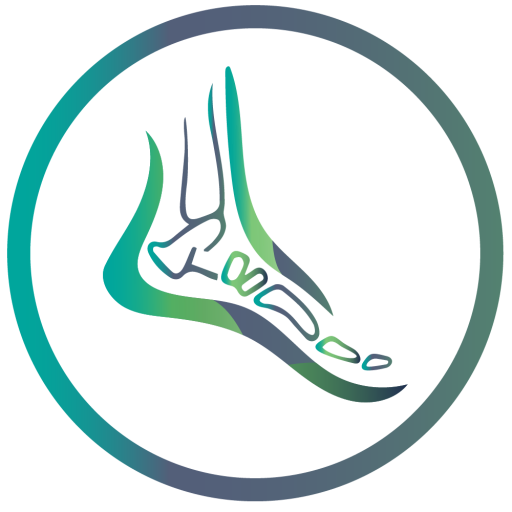19 Mar Achilles Tendon Injury
ACHILLES TENDON INJURY
Achilles, a hero of ancient Greek mythology, his mother dipped him into the river Styx, and this water made his body invincible… But she held on to his heel which left that area vulnerable and ultimately Achilles died after an arrow punctured his heel and so the name Achilles Tendon was born.
The Achilles tendon is a thick cord of connective tissue that attaches your calve muscle (gastrocnemius, soleus) to your heel bone (calcaneus). It is the largest and strongest tendon in the body and essential for every step you take. Just hopping on the one foot will generate forces up to 500 kg’s, that’s a huge amount of force per hop.
As strong and durable as they are, they are like any part of the body and still can be prone to injury, the extent of that injury can sometimes be disastrous, In some occasions the tendon can rupture in an acute situation, The tendon can rupture fully or partially which needs immediate medical attention and potentially surgical intervention.
THERE ARE MULTIPLE TYPES OF ACHILLES TENDON INJURIES
- Achilles Tendonitis; An acute inflammation of the tendon that can come about quite quickly, swelling in and around the tendon is apparent. Usually can be quite painful.
- Achilles Tendinopathy; A more ongoing painful problem, that often gradually and slowly comes about. Characterised by increased thickening to the tendon and aggravated by increased stress on the tendon.
These two sub-categories require a differing approach to solving them. Firstly working out what actual problem you have with your Achilles is a good first step to putting together a plan to rectify it.
LET´S LOOK AT THE CAUSES
A full assessment of your injury will be undertaken so that an accurate diagnose can be formulated. The podiatrist will ask questions like these:
- Are you a runner or an athlete that has done too much training?
- Overloading the Achilles over a short or longer timeframe?
- Are you a sedentary individual that has just started more exercise?
- Do you have biomechanical risk-factors to developing this problem?
- Consider foot posture, walking or running biomechanics?
- Is your footwear a contributing factor?
- Do you have strength or flexibility deficits?
- Do you have any systemic health issues that could be involved in this injury?
A WARNING ABOUT REST
Often RICE; Rest, Ice, Compression and Elevation are advocated in the treatment of Achilles tendon injuries but this can have varying levels of success. It usually won’t do any harm but may not assist at all particularly if you have been struggling for weeks or months with Achilles pain. Rest with a view to look at other treatment options is vital.
LET´S FIX YOUR ACHILLES TENDON
Often the prognosis of Achilles tendonitis or Achilles tendinopathy is very good, often conservative treatments are successful and there is no need for drugs, injections or surgery.
While managing Achilles tendonitis or achilles tendinopathy are typically different depending on the diagnosis.
WE FOLLOW THESE 3 GENERAL STAGES
- Reduce & Control pain; stop aggravating factors, Offload the injured tissue.
- Identify and address causes to the problem
- Build function, increase tissue tolerance, adapt tissue to stress to promote healing and solve the problem. Address causes and risk factors.
We tailor these 3 stages to the individual at hand; a sedentary lady to an elite marathon runner does require a different approach to optimal care. Equipping each of our patients with the knowledge and appropriate plan of attack is the most important facet to a successful outcome.
EXERCISE THERAPY
Exercise has been shown to be the most successful treatment option for chronic achilles tendon pain. What is important is the application of this broad treatment.
- Specific strengthening exercise with the right repetitions and load to effectively build the tendon capacity and promote healing.
- A periodised program over weeks with evolving exercise selection.
- Additional treatment options considered alongside an exercise plan to assist in pain and facilitate healing such as strapping, shock wave therapy, in-shoe modifications, footwear choices, and western acupuncture.
REMEMBER!
The sooner the problem is tackle the sooner you will recover. For those who live in Claremont or Oatlands, Tasmania, come and see our team of podiatrists. For bookings fill the form in our contact page or call us at (03) 6249 1155 .



No Comments